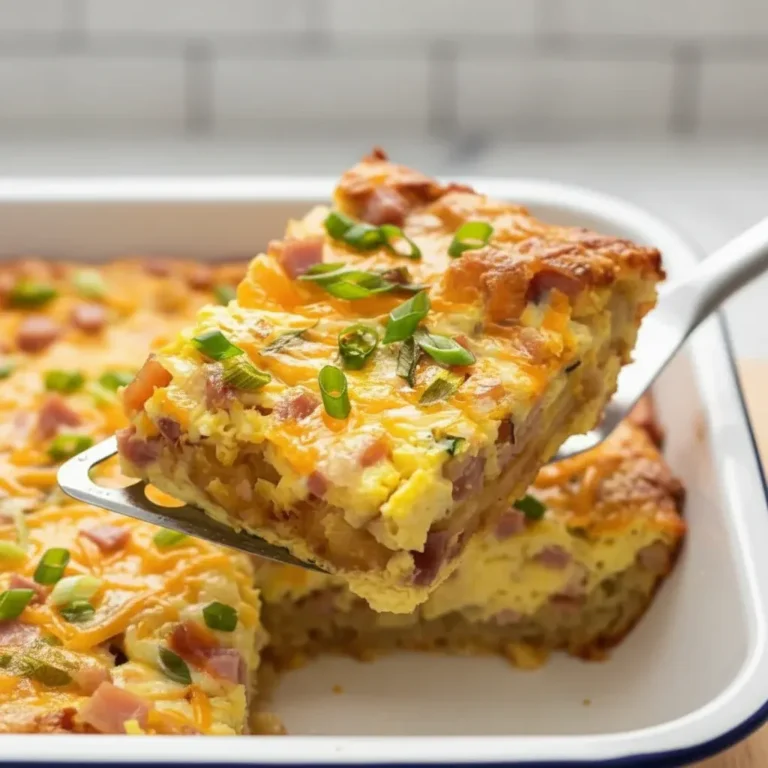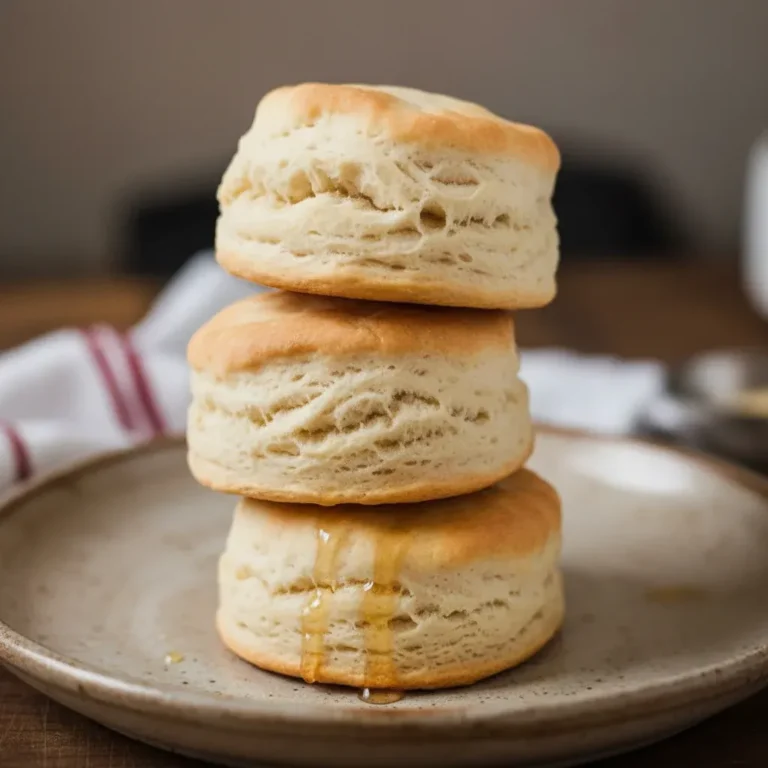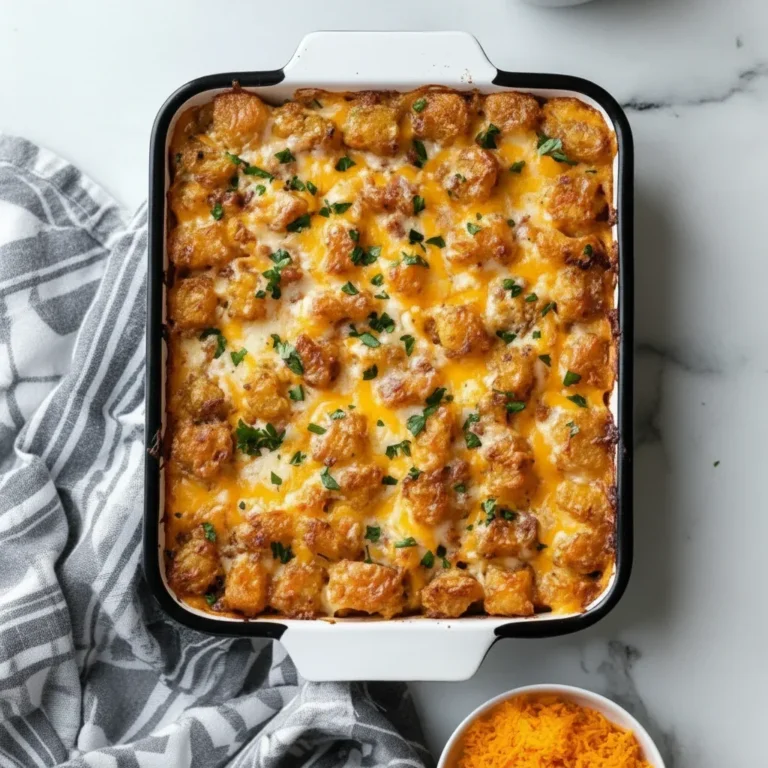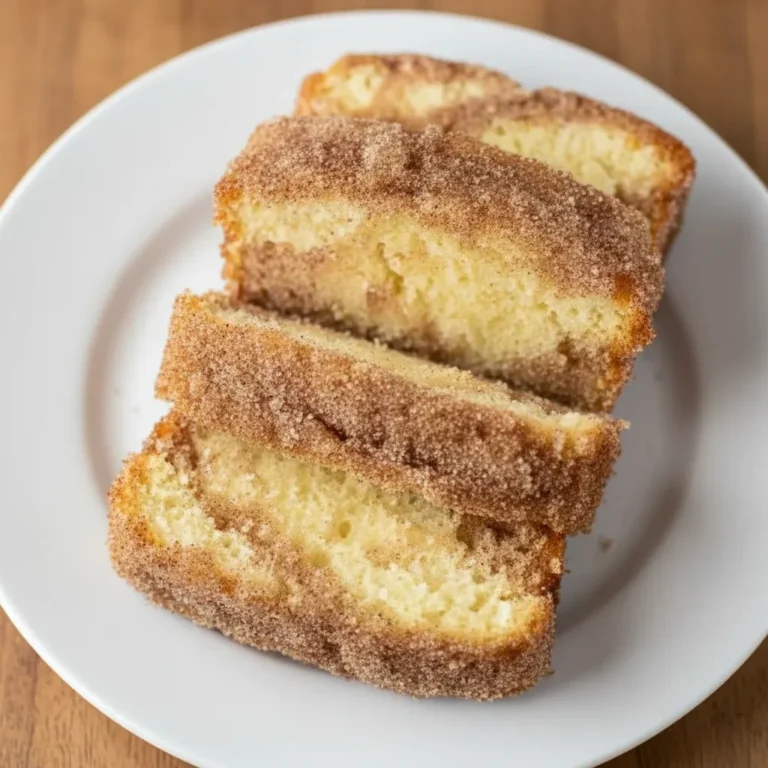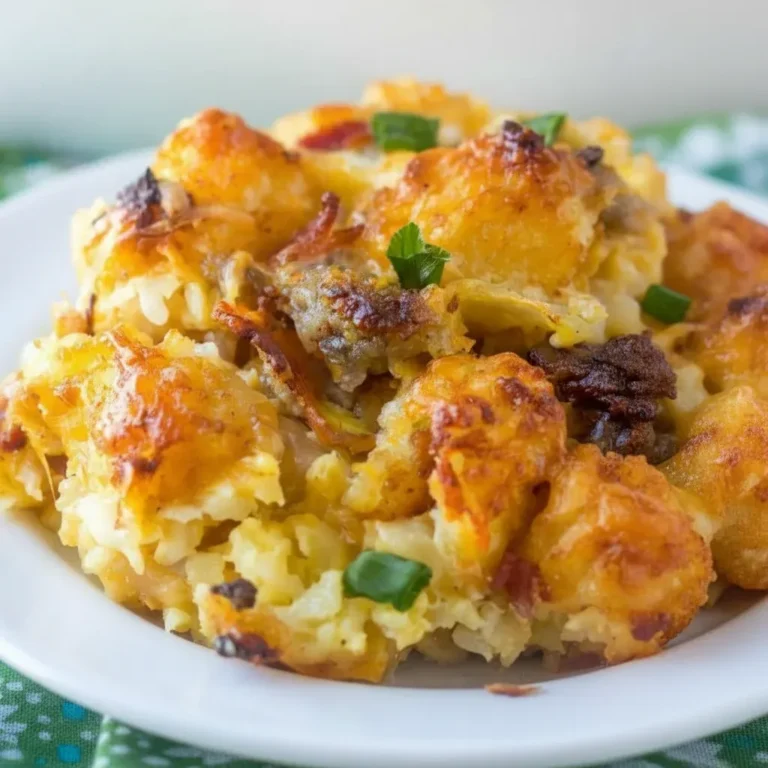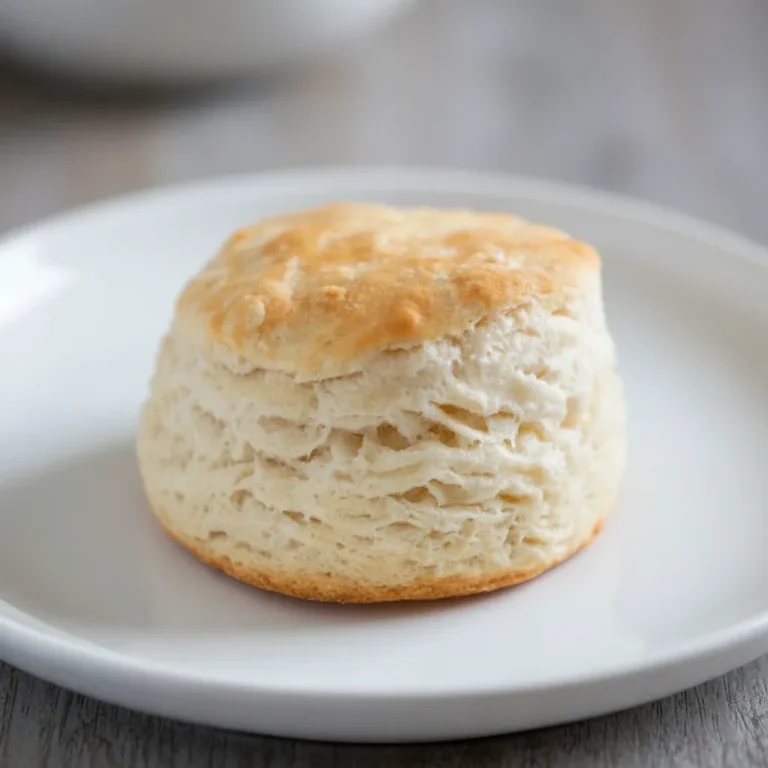Tasty rhubarb recipe – Delicious & Easy!
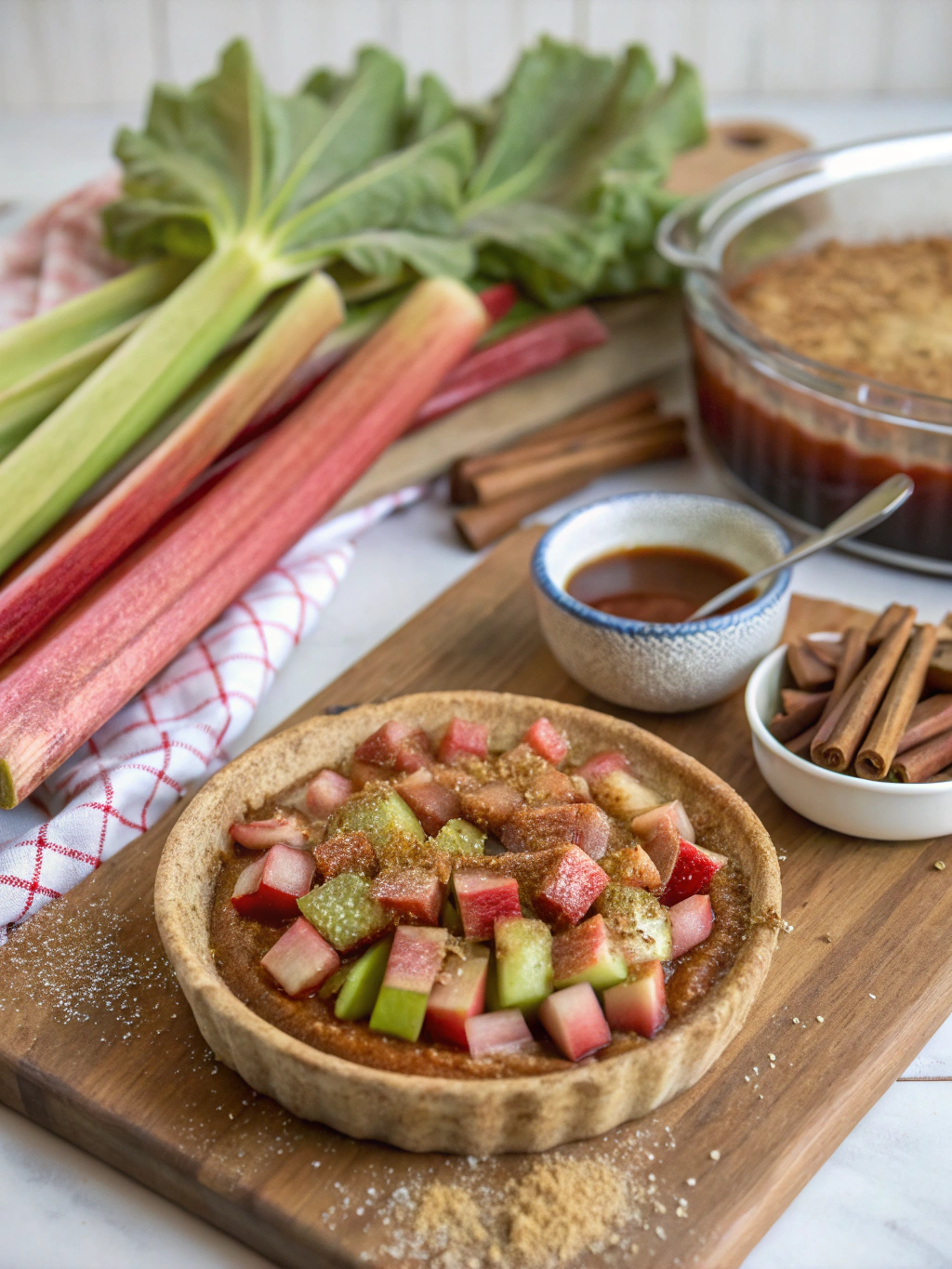
Ever found yourself staring at those vibrant, ruby-red stalks of rhubarb at the farmer’s market or in your garden, wondering how to transform them into something truly delicious? Perhaps you’ve tasted a delightful rhubarb crumble at a friend’s house and yearned to recreate that perfect balance of sweet and tart. We certainly have fond memories of childhoods brightened by the unique tang of rhubarb, a flavour that signals spring like no other. Well, you’re in the perfect place! We’re about to share our favourite, incredibly versatile rhubarb recipe that will not only demystify this wonderful ingredient but also become a cherished staple in your kitchen, forming the base for countless delectable treats.
Understanding Rhubarb: More Than Just a Pie Filling
Before we dive into the cooking, let’s get to know our star ingredient a little better. Rhubarb, with its characteristic crimson stalks and large green leaves, is a fascinating plant. While we often treat it as a fruit in the culinary world, botanically speaking, it’s a vegetable! Its tart flavour profile makes it a wonderful counterpoint to sweetness, which is why it shines so brightly in desserts. It’s one of those wonderful seasonal fruit recipes we eagerly anticipate each year.
When is Rhubarb in Season?
In the UK, the main rhubarb season typically runs from April to June for outdoor-grown varieties. You might also spot “forced” rhubarb earlier in the year, usually from January to March. Forced rhubarb is grown in the dark, resulting in more tender, sweeter, and often more vibrantly pink stalks. Whenever you find it, it’s a true taste of the changing seasons.
Choosing and Storing Fresh Rhubarb
When you’re selecting rhubarb, look for firm, crisp stalks. Avoid any that look limp, bruised, or woody. The colour can vary from deep red to speckled pink and even green, depending on the variety – and all are perfectly usable, though redder varieties often look more appealing in dishes.
- Forced Rhubarb: Usually slender, bright pink, and very tender.
- Maincrop Rhubarb: Can be thicker, greener, and more robust in flavour.
Once you’ve brought your rhubarb home, remove and discard the leaves immediately – they are poisonous and should never be eaten. We’ll talk more about this later. Store the stalks, unwashed, in a plastic bag in the refrigerator’s crisper drawer. They should keep well for about a week, sometimes longer.
Our Favourite Versatile Rhubarb Recipe: A Simple Stewed Delight
We believe the best way to start your rhubarb adventure is with a beautifully simple stewed rhubarb. This method is incredibly easy, requires minimal ingredients, and creates a wonderfully flavourful base that you can enjoy on its own or use in a multitude of other recipes. It’s the foundation for many classic rhubarb desserts.
Ingredients
Here’s what you’ll need for our basic stewed rhubarb:
- 500g rhubarb, trimmed and chopped into 2-3cm pieces
- 75-100g granulated or caster sugar (adjust to your taste and the rhubarb’s tartness)
- 2 tablespoons water or orange juice (optional, for flavour)
- Optional flavourings: a strip of lemon zest, a small piece of fresh ginger, or 1/2 teaspoon vanilla extract
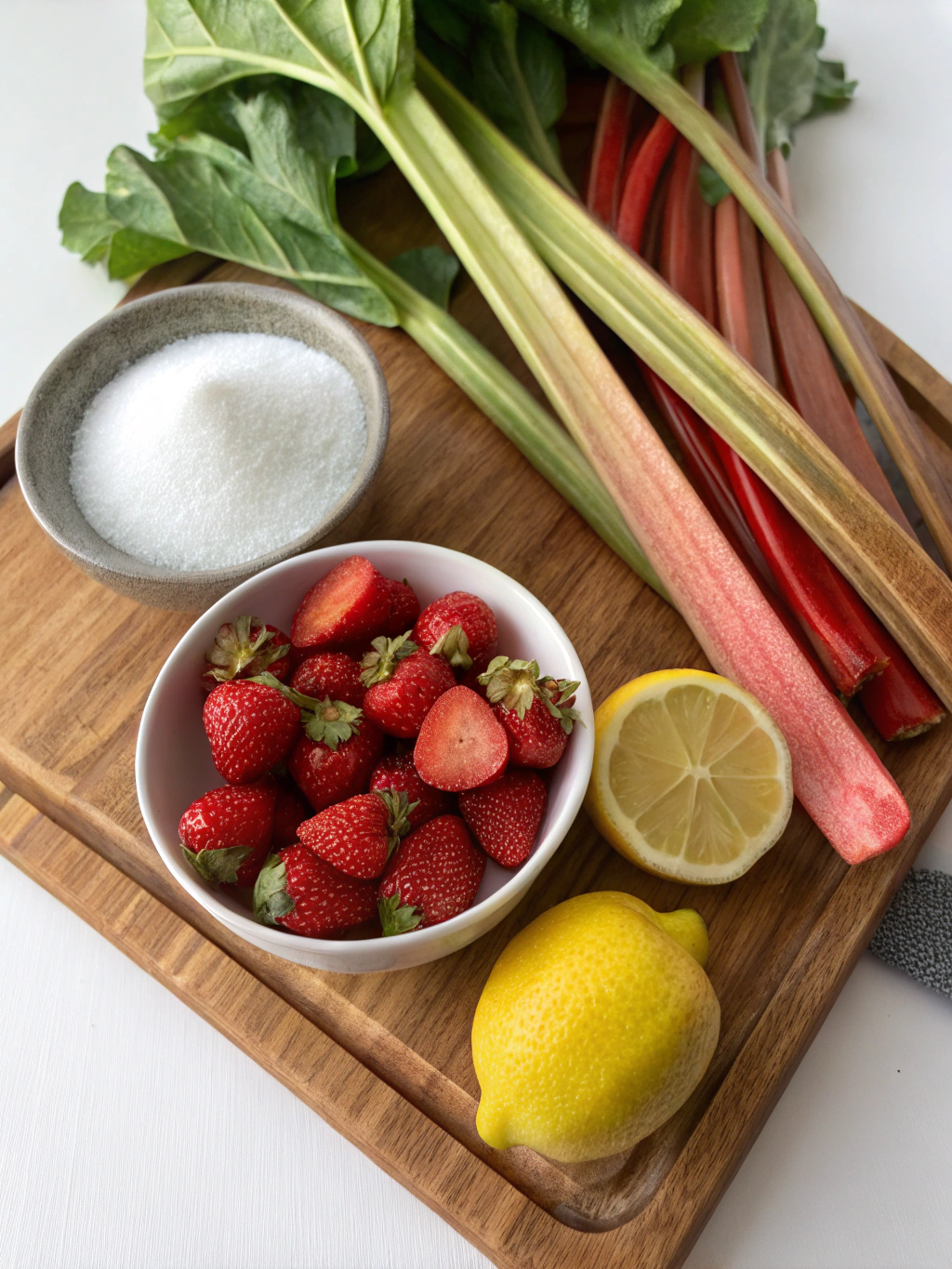
Equipment You’ll Need
- Chopping board
- Sharp knife
- Medium-sized saucepan with a lid
- Wooden spoon or spatula
Step-by-Step Instructions: How to Cook Rhubarb
Let’s get cooking! This process is straightforward and rewarding.
- Prepare the Rhubarb: Wash your rhubarb stalks thoroughly under cold running water. Trim off any tough ends and the base. Remember, discard those leaves! Chop the stalks into even-sized pieces, about 2-3cm (1 inch) long. This helps them cook evenly.
- Combine Ingredients: Place the chopped rhubarb into your saucepan. Sprinkle the sugar over the rhubarb. If you’re using water, orange juice, or any of your chosen optional flavourings (like lemon zest or ginger), add them now.
- Gentle Heat: Put the saucepan over a low to medium heat. The goal is to gently draw out the rhubarb’s juices and dissolve the sugar without scorching it. Stir occasionally.
- Simmer: Once the sugar has dissolved and the rhubarb starts to release its liquid, bring it to a gentle simmer. Cover the pan with a lid and let it cook for about 10-15 minutes. The cooking time can vary depending on the thickness and variety of your rhubarb.
- Check for Tenderness: After about 10 minutes, check the rhubarb. It should be tender and breaking down, but ideally, you still want some texture – unless you’re aiming for a very smooth purée. Be careful not to overcook it into a complete mush, unless that’s what you prefer! If using vanilla extract, stir it in now once off the heat.
- Cool and Taste: Remove the saucepan from the heat. If you used lemon zest or a piece of ginger, you can remove it now. Let the stewed rhubarb cool slightly, then taste it. If it’s too tart for your liking, you can stir in a little more sugar while it’s still warm.
And there you have it – perfectly stewed rhubarb! This delightful concoction is delicious served warm or cold, perhaps with a dollop of cream, custard, or Greek yoghurt. It’s also the perfect starting point for an easy rhubarb crumble.
Video: Watch How to Make a Simple Stewed Rhubarb
Sometimes, seeing is believing, and watching a quick demonstration can make all the difference. We’ve found a great, beginner-friendly video that shows you just how easy it is to stew rhubarb. This visual guide will reinforce the steps we’ve outlined above.
Taking Your Rhubarb Further: Delicious Variations
Now that you’ve mastered the art of stewing rhubarb, a whole world of culinary possibilities opens up. Here are some of our favourite ways to use your delicious base.
Classic Rhubarb Crumble
Is there anything more comforting than a warm rhubarb crumble? We don’t think so!
To make a crumble, prepare your stewed rhubarb as above (you might want it slightly less cooked, so it holds its shape a bit more). Transfer it to an ovenproof dish.
For the crumble topping, rub 150g plain flour with 75g cold, cubed butter until it resembles breadcrumbs. Then, stir in 75g demerara sugar and, if you like, 50g rolled oats or chopped nuts for extra crunch. Sprinkle this generously over the rhubarb. Bake at 180°C (160°C Fan/Gas Mark 4) for 30-40 minutes, or until the topping is golden and the rhubarb is bubbling. If you enjoy baking simple, satisfying treats like this, you might also like to try our Crumbl Cookie Recipe for another delightful experience.
Rhubarb Compote for Breakfast
Your stewed rhubarb makes a fantastic rhubarb compote. It’s perfect spooned over porridge, Greek yoghurt, granola, or even pancakes and waffles. You can make it a little sweeter or add spices like cinnamon or star anise during cooking for an extra breakfast kick. It’s a wonderful way to start the day with a burst of flavour.
Simple Rhubarb Tart
Impress your friends and family with a beautiful and simple rhubarb tart. Use a sheet of ready-rolled all-butter puff pastry. Unroll it onto a baking tray. Score a 1cm border around the edge. Spread your stewed rhubarb (perhaps a little less liquidy – you can drain off some juice) inside the border. You can arrange some fresh, thinly sliced rhubarb on top for decoration if you wish. Brush the border with a beaten egg and sprinkle with a little demerara sugar. Bake according to the pastry instructions, usually around 20-25 minutes at 200°C (180°C Fan/Gas Mark 6), until the pastry is puffed and golden. This is a brilliant example of easy yet elegant baking with rhubarb.
Other Rhubarb Ideas
The versatility of rhubarb doesn’t stop there! Consider these options:
- Rhubarb Fool: Fold cooled stewed rhubarb into whipped cream for a light and airy dessert.
- Rhubarb and Ginger Jam: A classic pairing that makes a wonderful preserve.
- Rhubarb Sauce for Ice Cream: Simmer your stewed rhubarb a little longer to create a luscious sauce.
These are just a few ways to enjoy one of the best rhubarb dishes of the season.
Tips and Tricks for the Perfect Rhubarb Dish
To help you get the very best results every time you cook with rhubarb, we’ve gathered a few handy tips:
- Balancing Tartness: Rhubarb is naturally very tart. The amount of sugar needed can vary. Taste as you go. You can also pair rhubarb with sweeter fruits like strawberries, apples, or oranges to naturally reduce the amount of added sugar needed. If you’re a fan of fruit in baking, our Applesauce Cake Recipe is another lovely way to incorporate fruit’s natural sweetness.
- Don’t Overcook: Unless you’re specifically aiming for a smooth purée, try to cook rhubarb until it’s just tender. It can quickly turn from perfectly cooked to a stringy mush if left on the heat for too long.
- Flavour Pairings: Rhubarb loves company! Classic pairings include ginger (fresh or ground), orange (zest and juice), vanilla, cinnamon, and star anise. Don’t be afraid to experiment.
- Stringy Rhubarb? Some older, thicker stalks can be a bit stringy. You can peel these tougher stalks with a vegetable peeler if you prefer a smoother texture, much like celery.
Nutritional Nods: Is Rhubarb Good for Us?
Beyond its delicious taste, rhubarb does offer some nutritional benefits. It’s a good source of Vitamin K, Vitamin C, and dietary fibre. It also contains calcium, although its absorption can be hindered by oxalic acid, which is present in rhubarb. For more detailed information on rhubarb, including cultivation and varieties, the Royal Horticultural Society offers excellent resources.
A Very Important Note on Rhubarb Leaves: We must reiterate: rhubarb leaves are poisonous due to high levels of oxalic acid. Never, ever eat them. Always remove and discard them safely before preparing the stalks. The stalks themselves are perfectly safe and delicious when cooked.
Beyond the Dessert Bowl: Savoury Rhubarb Ideas
While we often associate rhubarb with sweet treats, its tartness can also work wonderfully in savoury dishes. Consider these intriguing possibilities:
- Rhubarb Chutney: Cook rhubarb with onions, vinegar, sugar, and spices to create a tangy chutney that pairs beautifully with cheese or cold meats.
- Sauce for Meats: A sharp rhubarb sauce can cut through the richness of oily fish like mackerel, or fatty meats like pork belly or duck.
Exploring these options can truly broaden your appreciation for rhubarb’s versatility.
FAQ: Your Rhubarb Recipe Questions Answered
We often get questions about cooking with rhubarb, so we’ve compiled some common ones here:
- Can I use frozen rhubarb for this recipe?
- Yes, absolutely! Frozen rhubarb works very well. You don’t usually need to thaw it before cooking, though it might release a little more liquid, so you might not need to add the extra water or juice called for in the recipe.
- How much sugar should I use with rhubarb?
- This is largely down to personal preference and the tartness of your specific rhubarb. We suggest starting with around 75-100g of sugar per 500g of rhubarb and adjusting from there. Always taste and add more if needed.
- Why is my rhubarb green and not pink? Is it still okay to use?
- Rhubarb varieties differ in colour. Some are naturally greener, while others are vibrantly red or pink. Green rhubarb is perfectly safe and edible, though it might be slightly more tart. The colour doesn’t necessarily indicate ripeness or flavour intensity in the same way it does for many fruits.
- What can I do with leftover stewed rhubarb?
- Leftover stewed rhubarb is a treat! Store it in an airtight container in the fridge. Enjoy it cold with yoghurt, spoon it over ice cream, use it as a filling for pastries, or gently reheat it. It’s too good to waste!
- Are rhubarb leaves really poisonous?
- Yes, they are. Rhubarb leaves contain high levels of oxalic acid, which can cause serious illness if ingested. Always remove them completely and discard them safely before you start preparing the stalks.
- How long does cooked rhubarb last?
- Stored in an airtight container in the refrigerator, cooked rhubarb should last for up to 5-7 days. You can also freeze cooked rhubarb for longer storage, typically for up to 3-4 months.
Our Final Thoughts on This Wonderful Rhubarb Recipe
We hope we’ve inspired you to embrace the unique charm of rhubarb! From its arrival in spring signalling warmer days, to its incredibly versatile nature in the kitchen, rhubarb is truly a special ingredient. Our basic rhubarb recipe for stewed rhubarb is designed to be simple, satisfying, and a launchpad for your culinary creativity. Whether you stick to the simple stew, whip up an easy rhubarb crumble, or experiment with a tart or compote, we’re confident you’ll fall in love with its delightful tang.
So, next time you see those beautiful stalks, don’t hesitate. Grab a bunch and get cooking! We’d love to hear about your rhubarb adventures. What are your favourite ways to use rhubarb? Do you have any family-favourite rhubarb recipes or tips to share? Please let us know in the comments below – we always enjoy hearing from fellow food lovers!

